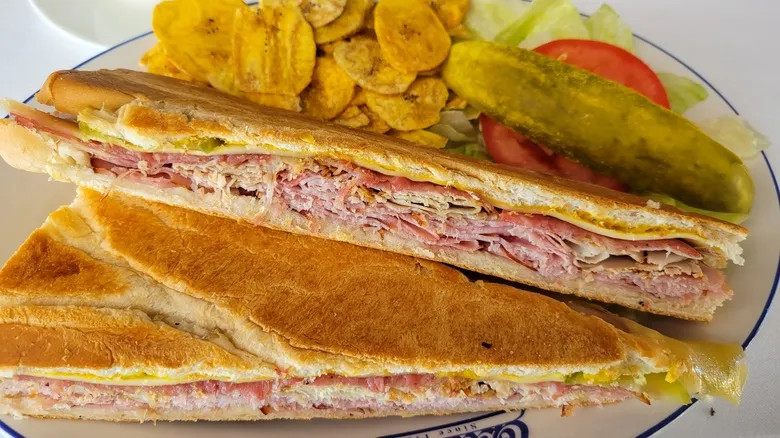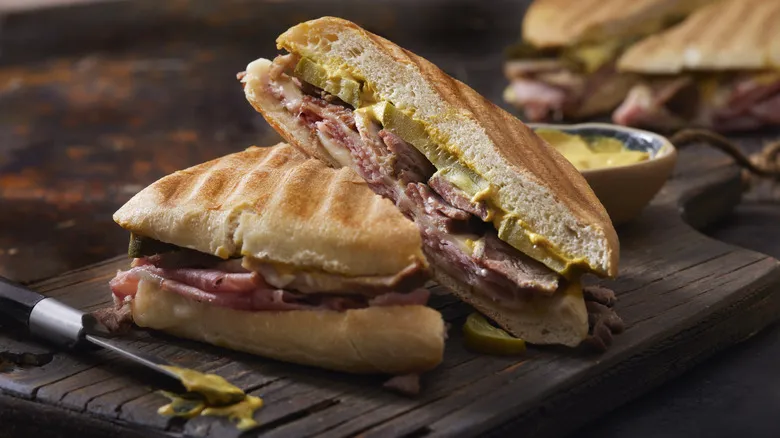Tampa and Miami each claim the Cuban sandwich as their own

Cuban immigration to Florida unfolded in waves during the 19th and 20th centuries, but the most significant surge occurred after the Cuban Revolution in 1959, leading to a concentration of the population in Miami. Consequently, Cuban sandwiches gained immense popularity in the region by the mid-1960s, sparking a friendly competition between Tampa and Miami over the rightful claim to the sandwich.
Each city boasts its own take on the sandwich. Notably, Tampa's version often includes Genoa salami, a point of contention for Miamians. The bread also varies, with Tampa bakeries more likely to uphold the Cuban tradition of hand-stretching the loaves and embellishing them with palmetto leaves. However, both cities share a rich cultural heritage that incorporates essential Cuban ingredients like garlic, citrus, and oregano, as seen in dishes like mojo pork.
Miami was the birthplace of the iron press (or "plancha") used to toast the sandwiches, a technique many diners deem essential to the Cuban sandwich-making process. Residents from either city may fervently argue that their local Cuban sandwich reigns supreme, but regardless of location, there's nothing quite like a perfectly crafted bite of crusty bread, melted cheese, savory meats, and zesty pickles.
Recommended

Supermarkets Vs Grocery Stores: Is There A Difference?

Beurre Blanc Is A Traditional French Sauce That's Not As Old As You Might Expect

What Makes Falafel Different From Ta'ameya?

The 5 Ingredients You'll Need For Indiana's State Pie
Next up

